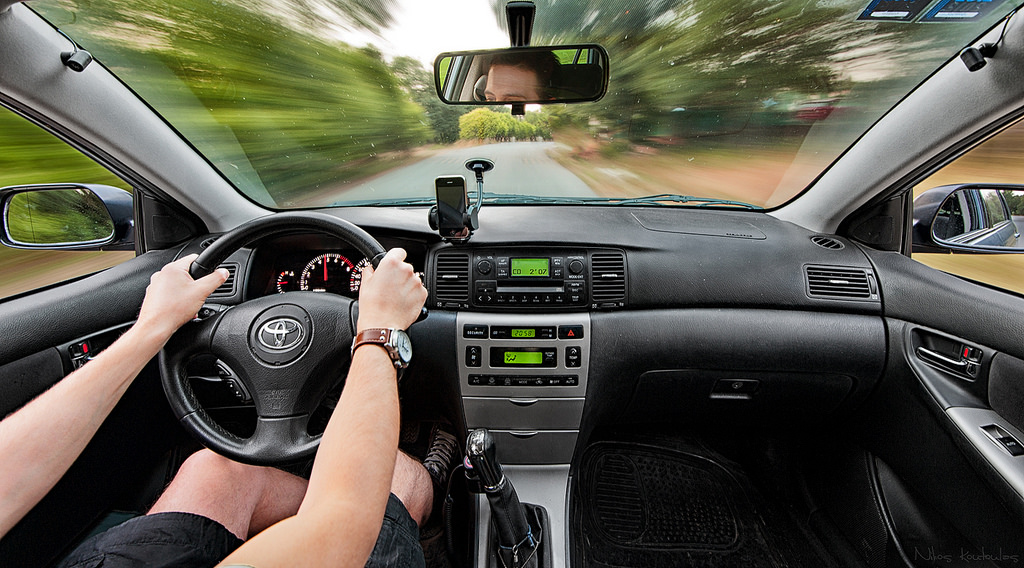A change in velocity is known as acceleration. Such a change can be a change in linear motion, such that the “speed” of the object increases, or it can simply be a change in direction. Acceleration is caused by applying a force to an object, whether it be stationary or moving. Acceleration can be positive or negative (often called deceleration) depending on whether the change in velocity is positive or negative.
Acceleration can also be uniform or varied. uniform acceleration is when there is a constant change in velocity, such as gravity acting upon a discus flying through the air. More often, however, the acceleration is varied. This could be from an opponent tackling a forward in rugby, with changes in velocity including positive and/or negative acceleration, and multiple changes in direction.
Acceleration is a vital component of performance and relates directly to the athlete’s ability to produce power. Acceleration in sport is used by athlete’s as they change their velocity to beat opposing players, such as in the video above of Messi, or to begin a race. Faster acceleration is beneficial in performance, as it allows opposition less time to react, and helps you reach your top speed faster. A change in velocity occurs as a result of forces acting upon the object or body.
Acceleration relates directly to agility and its use in sports performance and movement contexts. The ability to change direction at speed requires fast changes in velocity, and therefore, faster acceleration allows for better agility.

